Understanding Sedum Trays
What are Sedum Trays?
Sedum Trays are modular green roofing systems designed for easy installation and maintenance, offering gardeners and landscapers a versatile solution for creating living roofs or enhancing outdoor spaces. These trays are pre-planted with sedum plants—succulent members of the Crassulaceae family known for their hardiness and low water requirements. By utilizing Sedum Trays, users can effectively introduce greenery to various surfaces, transforming otherwise barren rooftops and terraces into vibrant ecosystems.
Benefits of Using Sedum Trays
One of the primary benefits of Sedum Trays is their ease of installation. They can be placed directly onto a prepared surface without the need for extensive site preparation. This makes them an attractive option for both new constructions and existing buildings. Moreover, they offer significant environmental benefits, such as reducing stormwater runoff and providing insulation to buildings.
These trays also promote biodiversity by attracting pollinators and providing a habitat for various species. In addition to environmental perks, Sedum Trays can enhance the aesthetic appearance of a space, offering a lush, green look in urban environments.
Popular Types of Sedum Plants
Several sedum varieties are popular for use in trays, each offering unique characteristics. Some of the most common include:
- Sedum spurium: Known for its vigorous growth and attractive fleshy leaves, this variety can cover large areas quickly.
- Sedum album: A hardy option characterized by white flowers and a dense, mat-forming habit.
- Sedum sexangular: Features upright growth and is often used to create visual interest in green roofs.
- Sedum cauticola: A low-growing type that thrives in poor soil conditions and provides a wonderful texture.
Advantages of Sedum Trays in Landscaping
Eco-Friendly Benefits of Sedum Trays
From an environmental perspective, Sedum Trays serve multiple eco-friendly functions. They effectively retain rainwater, which helps to mitigate the urban heat island effect commonly experienced in cities. By absorbing rainwater, these trays reduce stormwater runoff, decreasing the burden on drainage systems and lowering the risk of flooding. Furthermore, sedums require minimal irrigation once established, making them a sustainable choice for water conservation efforts.
How Sedum Trays Enhance Aesthetic Appeal
The visual appeal offered by Sedum Trays cannot be understated. They provide a lush and engaging aesthetic that softens hardscape elements in a landscape. When installed on rooftops, balconies, or walls, they create a stunning contrast to traditional building materials, enhancing architectural features. The variety of colors and textures found in different sedum types allows for personalized designs that can range from uniform green expanses to vibrant mosaics, making them highly favored in both residential and commercial landscaping projects.
Cost-Effectiveness of Sedum Trays
When considering the lifecycle cost of a green roof system, Sedum Trays present a cost-effective solution. Their durability and low maintenance requirements lead to decreased long-term upkeep costs compared to traditional landscaping. Additionally, the insulation properties of sedums can lower energy costs by regulating building temperatures, thus making them an attractive investment for building owners looking to minimize utility expenses.
Installation Process for Sedum Trays
Preparation Steps for Installing Sedum Trays
Prior to installation, proper surface preparation is crucial for the success of Sedum Trays. Begin by cleaning the designated area to remove any debris and weeds. It is also essential to ensure that the roof or surface can support the weight of the trays once fully saturated with water.
Next, install a waterproof membrane to prevent leaks. It is advisable to add a drainage layer to facilitate excess water movement, as well as a filter fabric to prevent soil from clogging the drain. After preparing the surface, the trays can be placed without the need for additional soil.
How to Properly Place Sedum Trays
Once the area is prepared, the actual placement of the Sedum Trays is relatively straightforward. Begin at the lowest point of the surface to ensure that water can flow naturally across the trays. Arrange the trays closely so there are minimal gaps, which will promote even growth and minimize weed establishment. It is crucial to avoid disturbing the trays once they are set to ensure the sedum plants remain undamaged.
Maintenance After Installation of Sedum Trays
After installation, Sedum Trays require minimal maintenance. During the first growing season, some irrigation may be necessary to help establish the trays, particularly in dry spells. Once established, sedum plants thrive on minimal water due to their drought-resistant nature. Regular inspections for pests and diseases will help maintain plant health, alongside occasional weeding to keep the area tidy.
Designing with Sedum Trays
Creative Uses of Sedum Trays in Urban Spaces
Urban areas can greatly benefit from the application of Sedum Trays. They can be installed on rooftops, balconies, and even elevated walkways to create green corridors that contribute to biodiversity while improving air quality. Sedum Trays can also be used as vertical gardens on walls, providing opportunities for vertical landscaping that maximizes limited space.
In addition to aesthetic value, these trays in urban settings can reduce ambient temperatures, benefitting both residents and energy efficiency in buildings. Community spaces often use Sedum Trays in recreational areas, creating lush environments for relaxation and socialization.
Integrating Sedum Trays into Existing Gardens
For those looking to integrate Sedum Trays into existing gardens, the process can be highly rewarding. They can be used as ground cover for areas with poor soil or as filler in larger perennial beds. By carefully selecting complementary plantings around the trays, homeowners can enhance the overall landscape design.
In raised garden beds, Sedum Trays can be interspersed with traditional plantings to provide a unique texture and visual appeal, making the garden more dynamic and interesting throughout the seasons.
Seasonal Considerations for Sedum Trays
Understanding the seasonal changes is critical when working with Sedum Trays. During warmer months, keep an eye on moisture levels, especially during heat waves, as this can influence growth rates. In the fall, sedums typically begin their transition, providing beautiful autumn colors with their foliage before going dormant in winter. Practical considerations should be made for snow and ice, ensuring that drainage systems remain functional to prevent over-saturation.
Spring maintenance involves assessing the trays for any debris or dead plant material, which can be easily cleared away to promote healthy new growth.
Performance Metrics for Sedum Trays
Assessing the Growth of Sedum Trays
Performance metrics for Sedum Trays primarily revolve around growth rates, plant health, and coverage. Regular assessments should include monitoring the green coverage percentage over time. Healthy trays should remain vibrant, and discoloration may indicate issues related to irrigation, pests, or disease. Annual evaluations can also help gauge the effectiveness of the installation in terms of environmental benefits such as insulation and stormwater management.
Environmental Impact of Sedum Trays
The environmental performance of Sedum Trays can be tracked by measuring stormwater retention capabilities and energy savings achieved through insulation. By managing runoff efficiently, Sedum Trays contribute to better water quality in urban environments. Additionally, the insulation properties lower energy costs for buildings, which is particularly beneficial in regions that experience extreme temperatures.
Studies often show that green roofs, including those utilizing Sedum Trays, result in reduced air pollution and improved temperature regulation, leading to more sustainable urban environments.
Long-Term Benefits of Sedum Trays
Long-term benefits of utilizing Sedum Trays include not just aesthetic value but also financial incentives through lowered energy costs, potential tax rebates for green installations, and increased property value. Over time, buildings equipped with green roofs often see a significant return on investment due to these factors. Moreover, fostering ecosystems in urban settings can have profound societal benefits, improving mental well-being and connecting communities with nature.
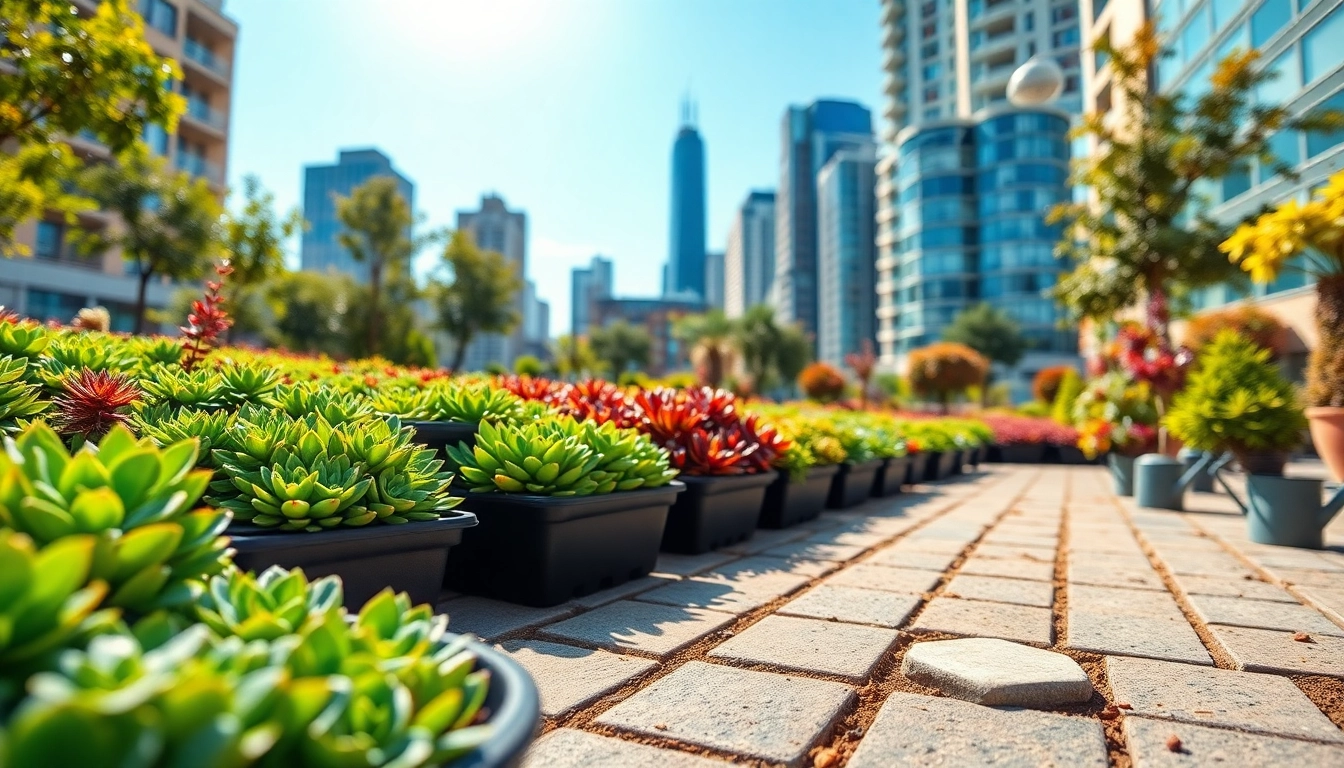

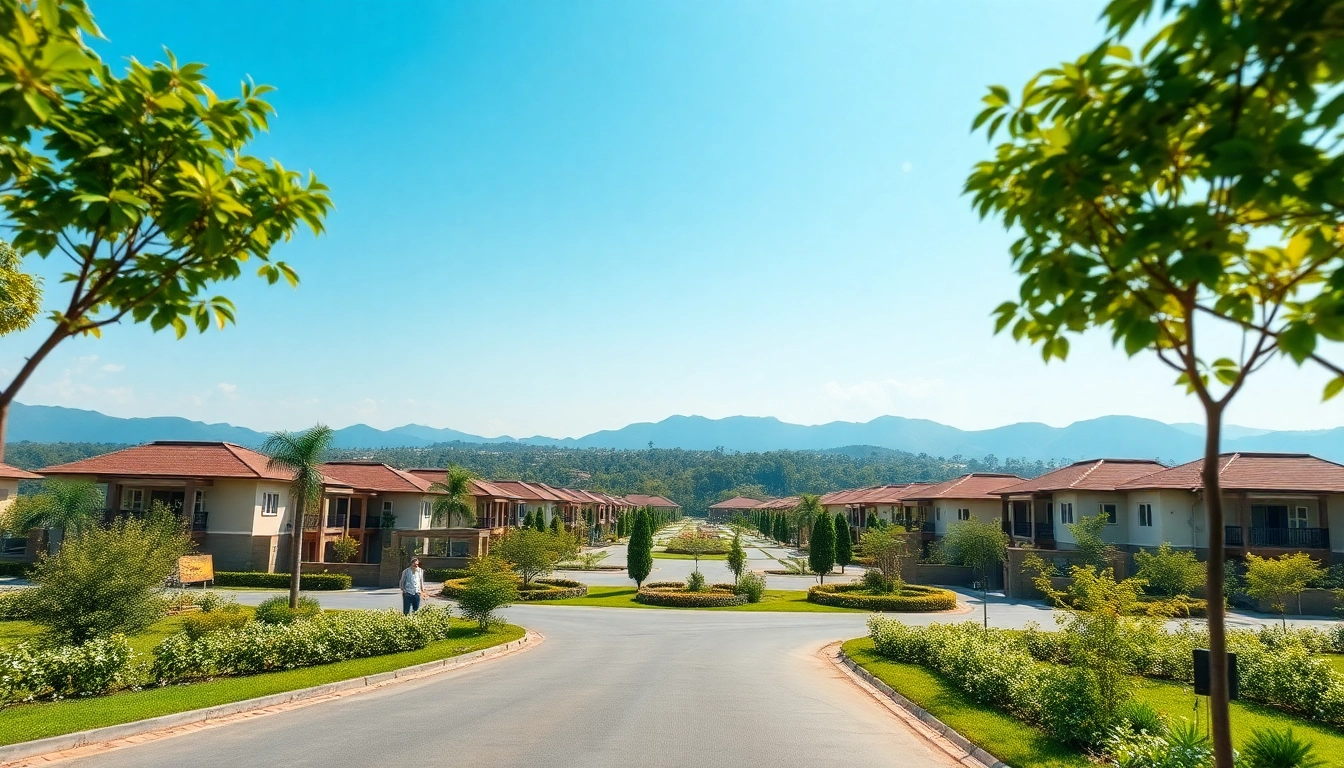


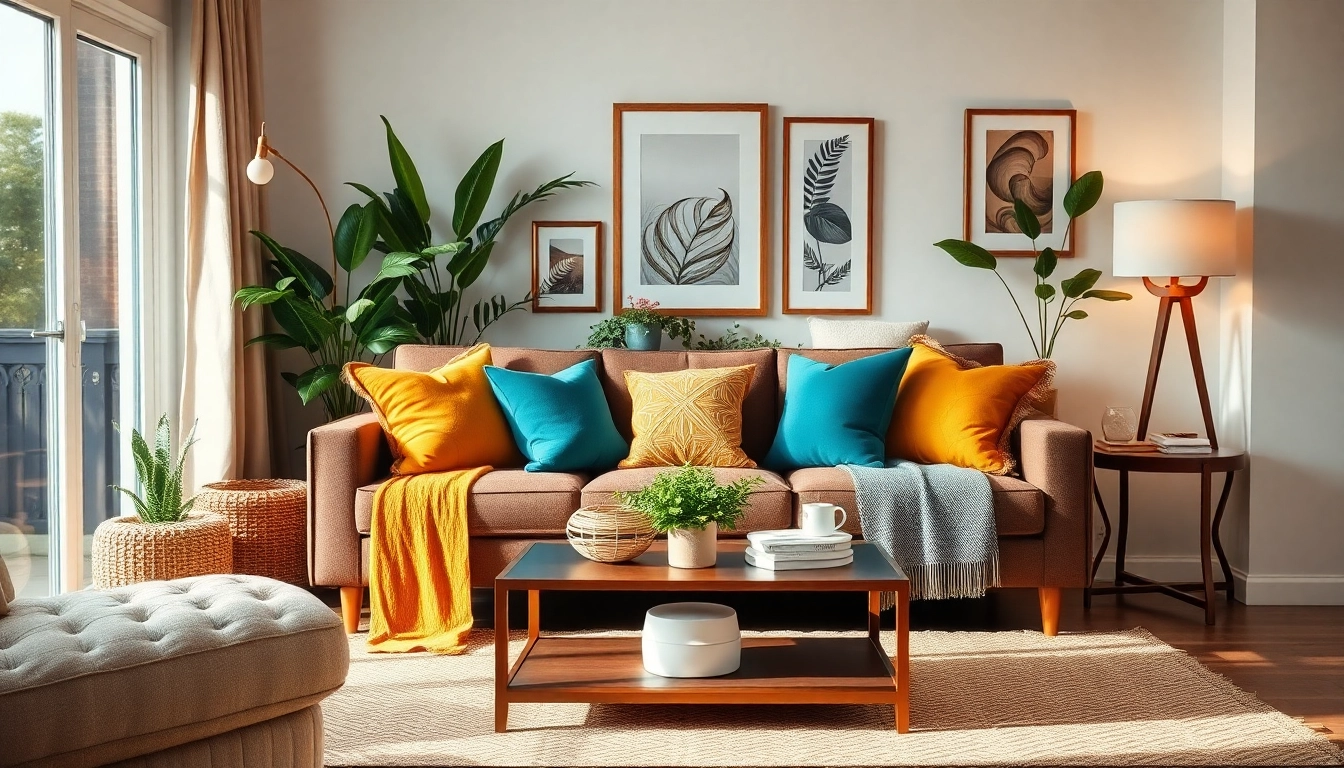
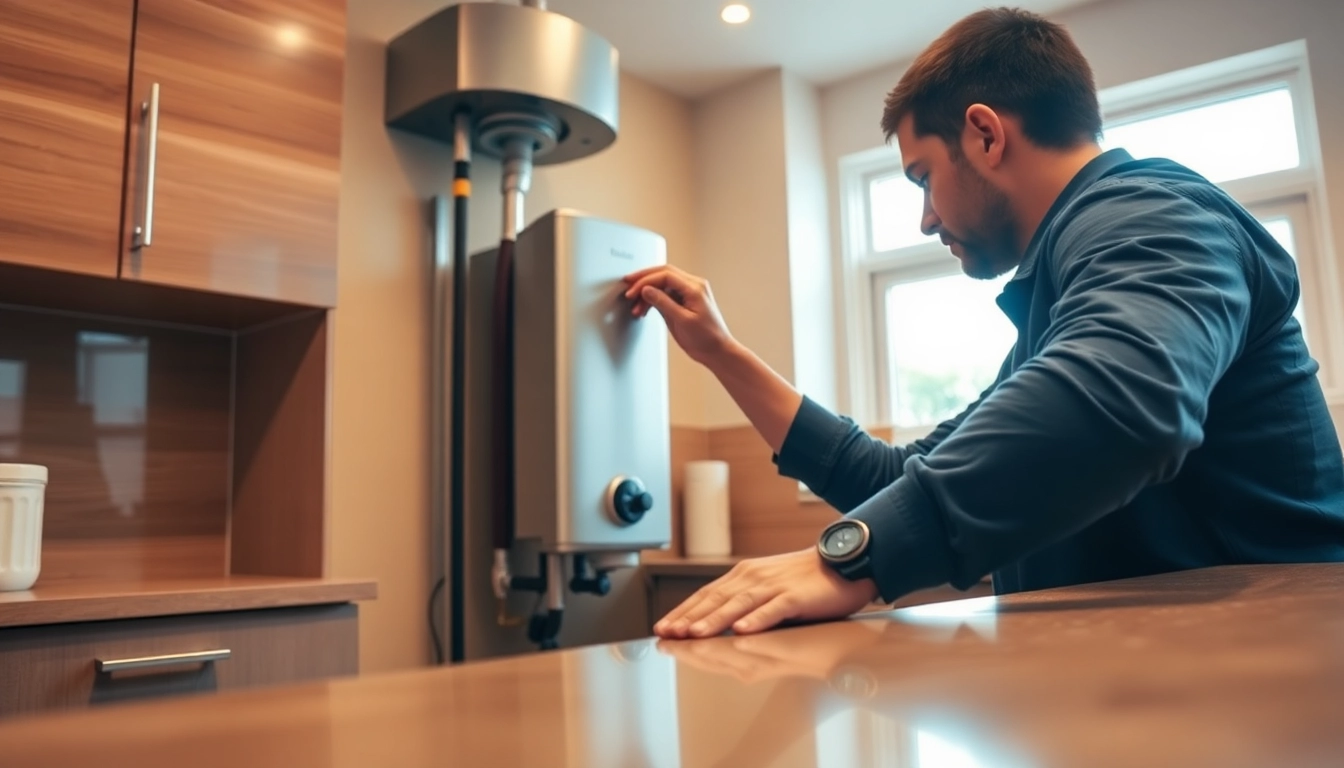
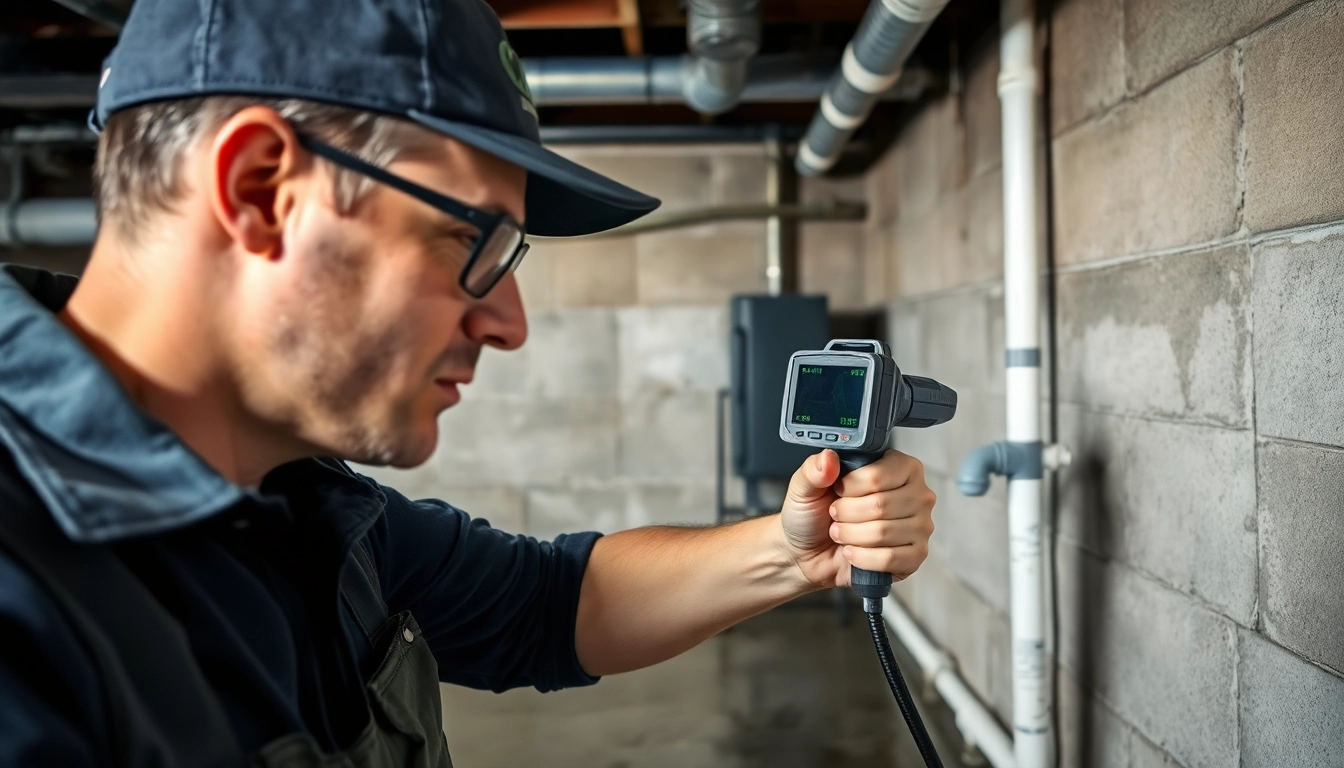
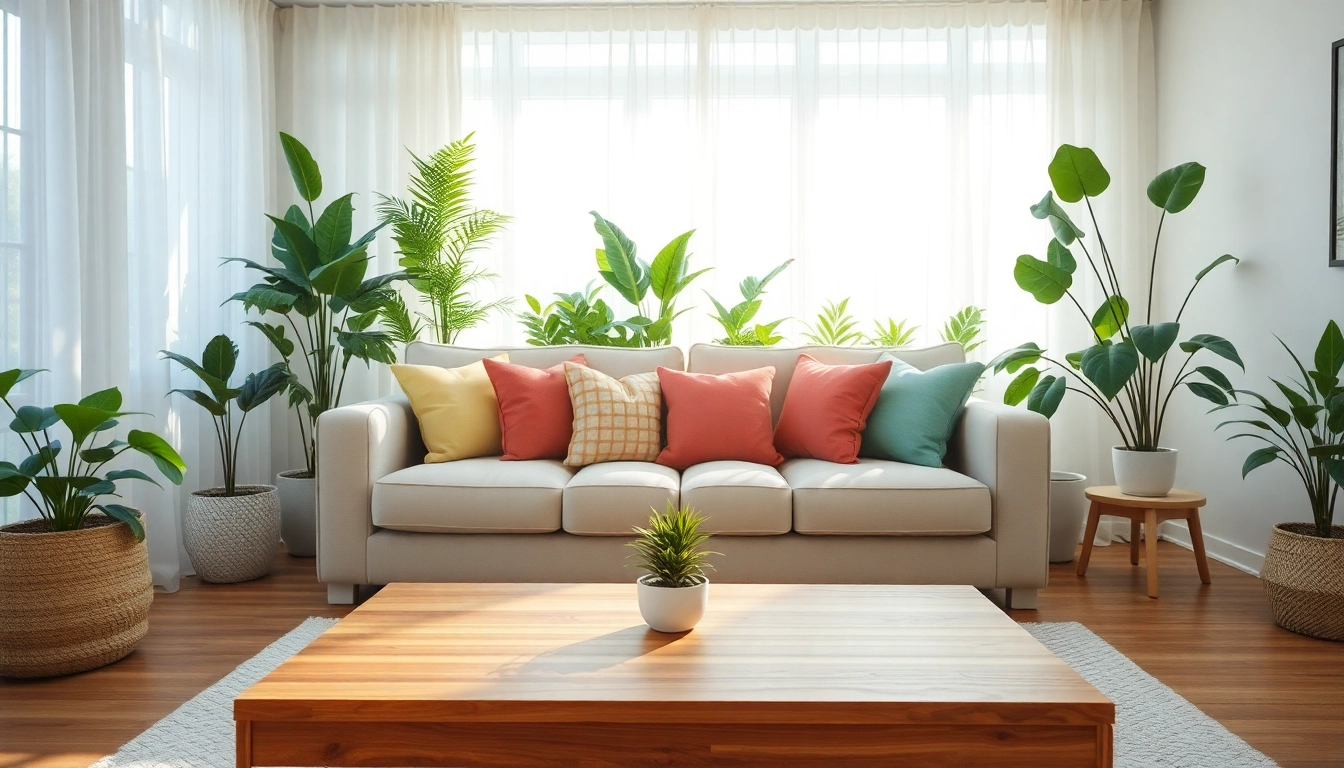
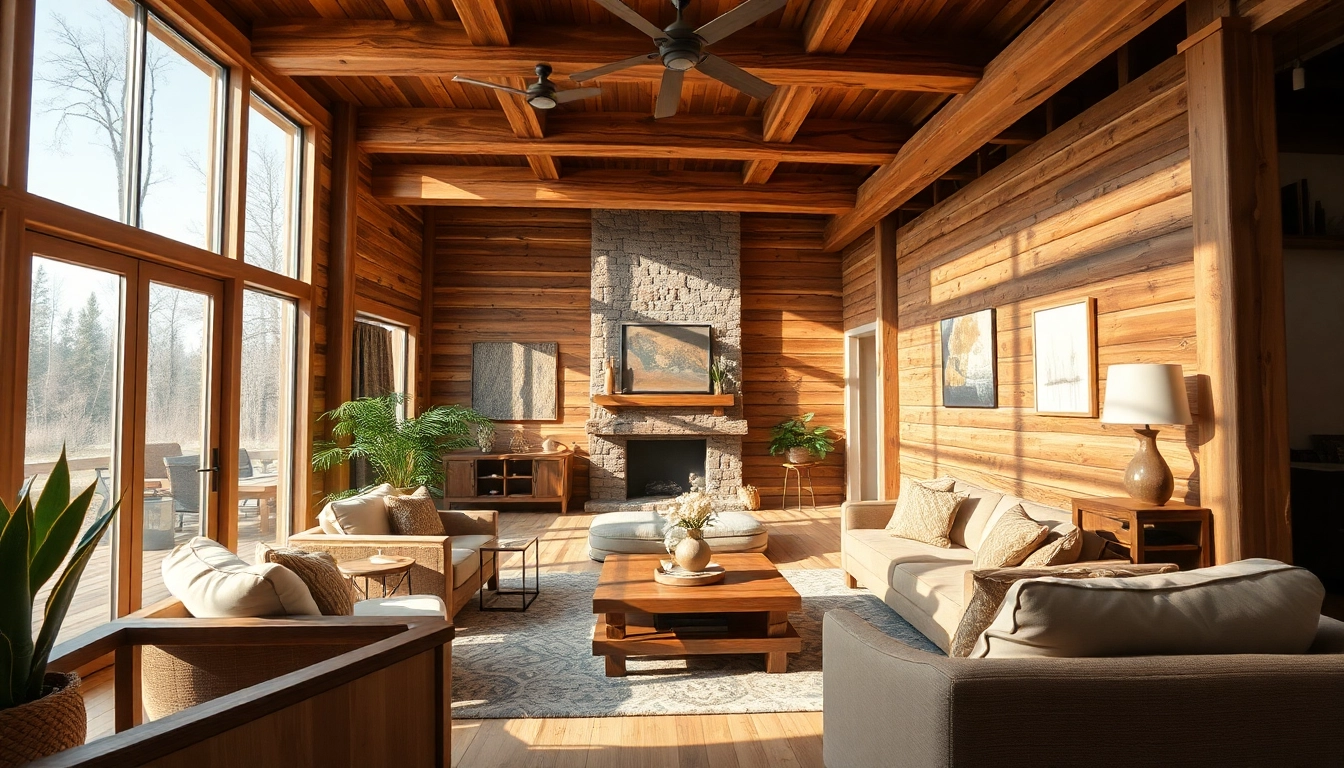




Leave a Reply